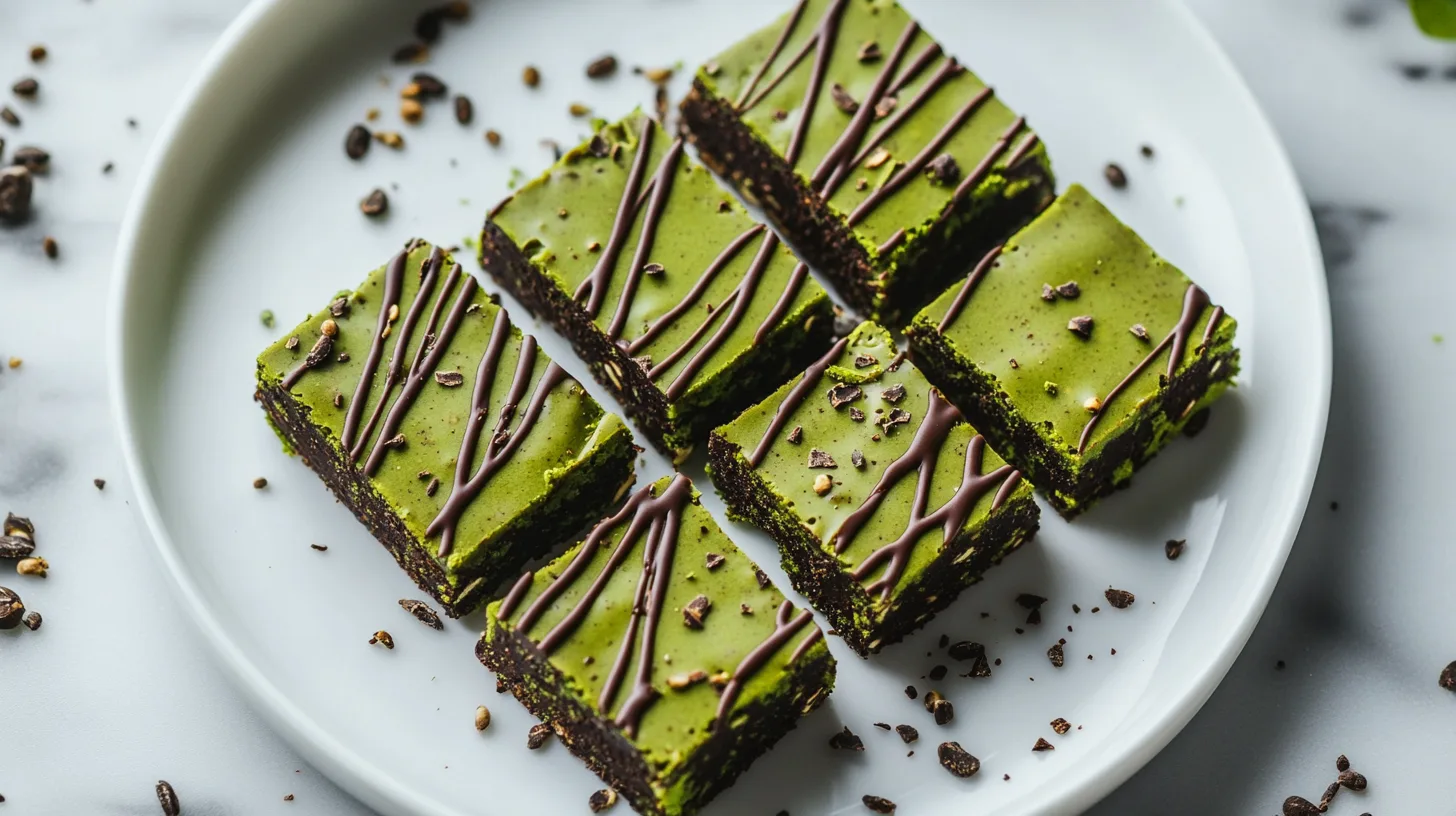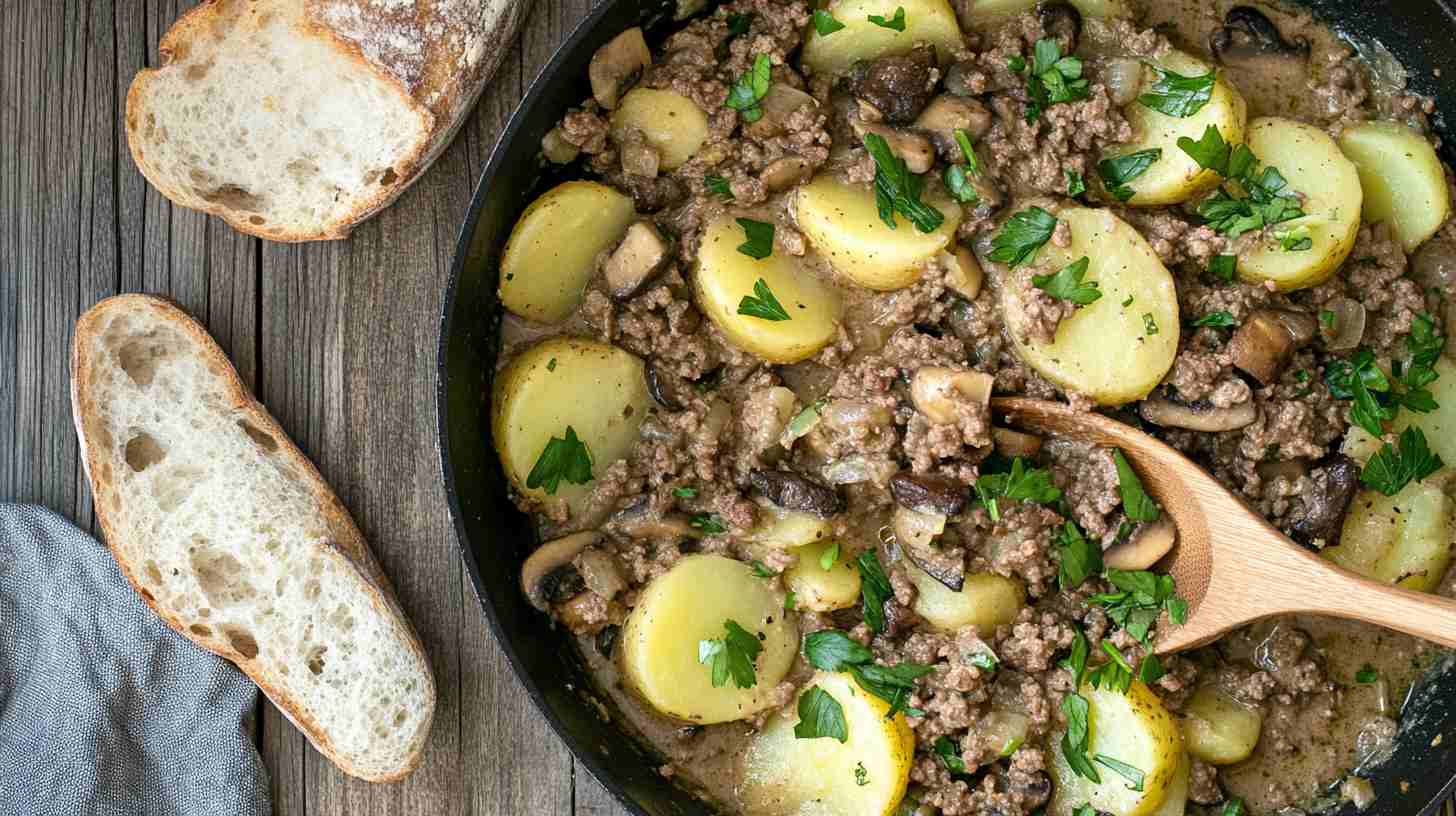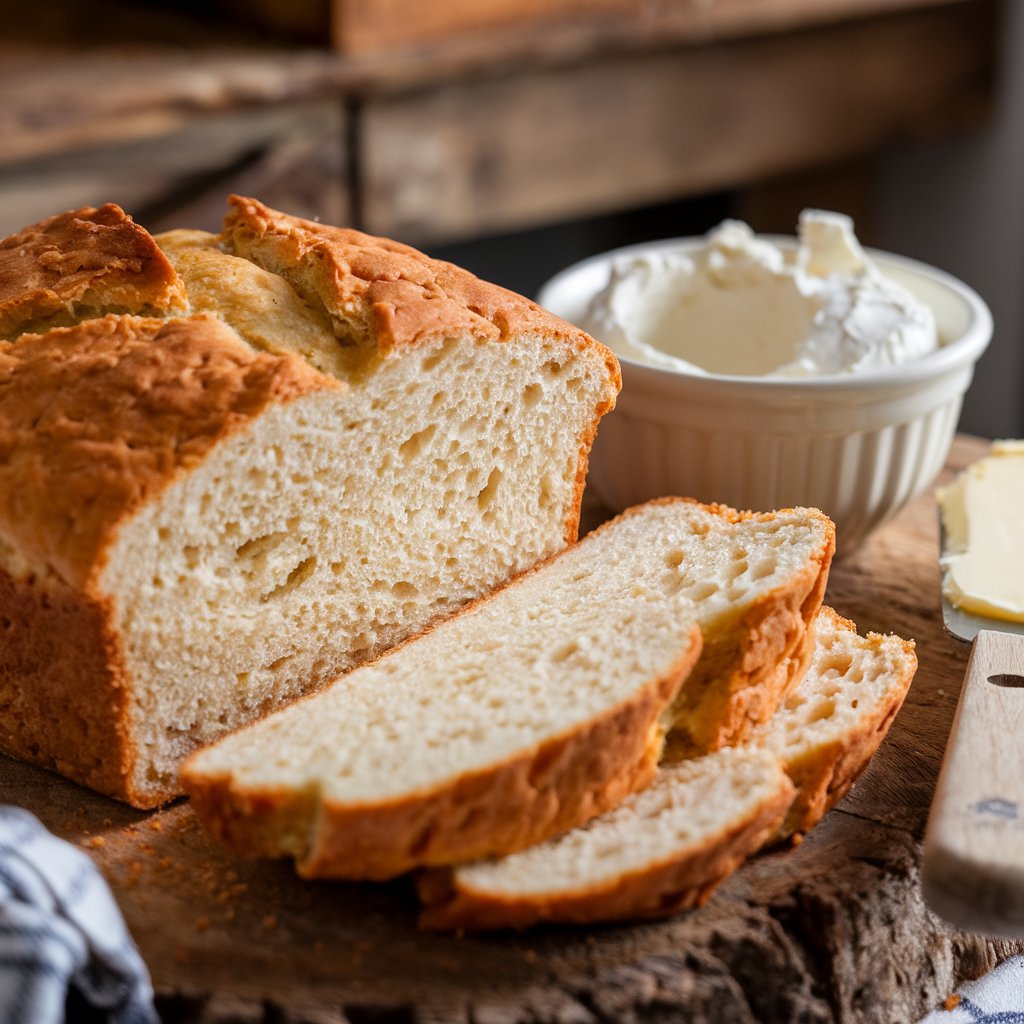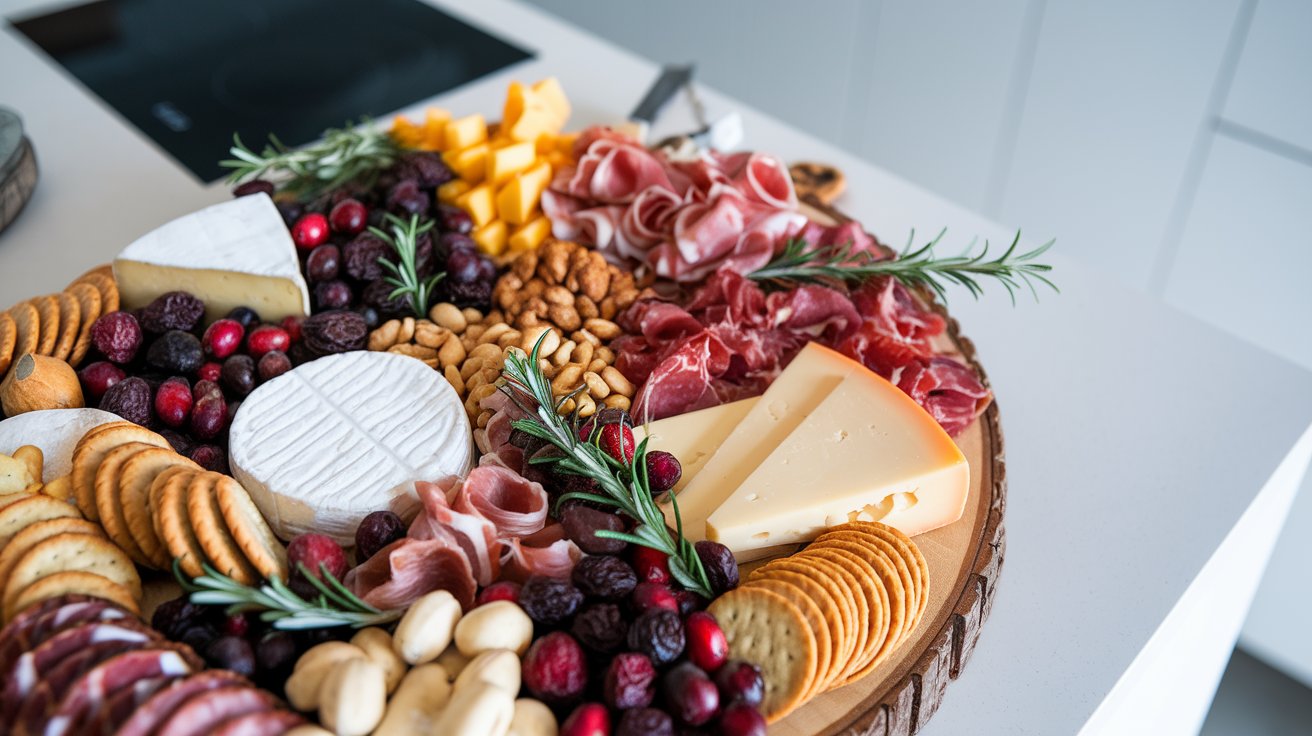You’ve probably heard of financiers and madeleines—maybe you’ve even tasted them—but could you describe the difference? Don’t worry if the answer is no. Honestly, they can be pretty confusing. I mean, they are both small, buttery, and French, so how can they be that different?
Well, the truth is, these little treats are like distant cousins at a family reunion. Financiers are rich and nutty with a crispy edge, while madeleines are soft, airy, and often have a refreshing hint of citrus. While both are delicious, they differ greatly in terms of flavor, texture, and even history.
If you’ve ever wondered what makes these pastries unique—or if you’re just looking for an excuse to eat some baked goods—this article is for you. By the time we’re done, you’ll not only know the difference between financiers and madeleines but might even be inspired to whip up a batch of each. Trust me, it’s worth it.
French Pastries Comparison: Financiers vs. Madeleines
French pastries are like the Oscars of the baking world. You’ve got your big stars—croissants, éclairs, macarons—and then there are the underrated gems, like financiers and madeleines. Sure, they don’t always steal the spotlight, but they’ve got that quiet charm that keeps you coming back for more.
France’s baking tradition is legendary for a reason. It’s all about balancing simple ingredients with techniques that bring out their best. Financiers and madeleines are perfect examples. Financiers are compact little powerhouses of flavor, with their rich almond and browned butter base. Meanwhile, madeleines, with their soft, scalloped edges, are like a gentle hug for your taste buds.
And it’s not just the French who are obsessed. Cafés around the world serve these pastries alongside coffee and tea, making them a global favorite. Curious how madeleines stack up against other desserts? Learn how madeleines differ from cakes in texture and flavor. Spoiler: It’s all about that fluffy sponge-like feel.
Financiers vs. Madeleines: A Look at Their History
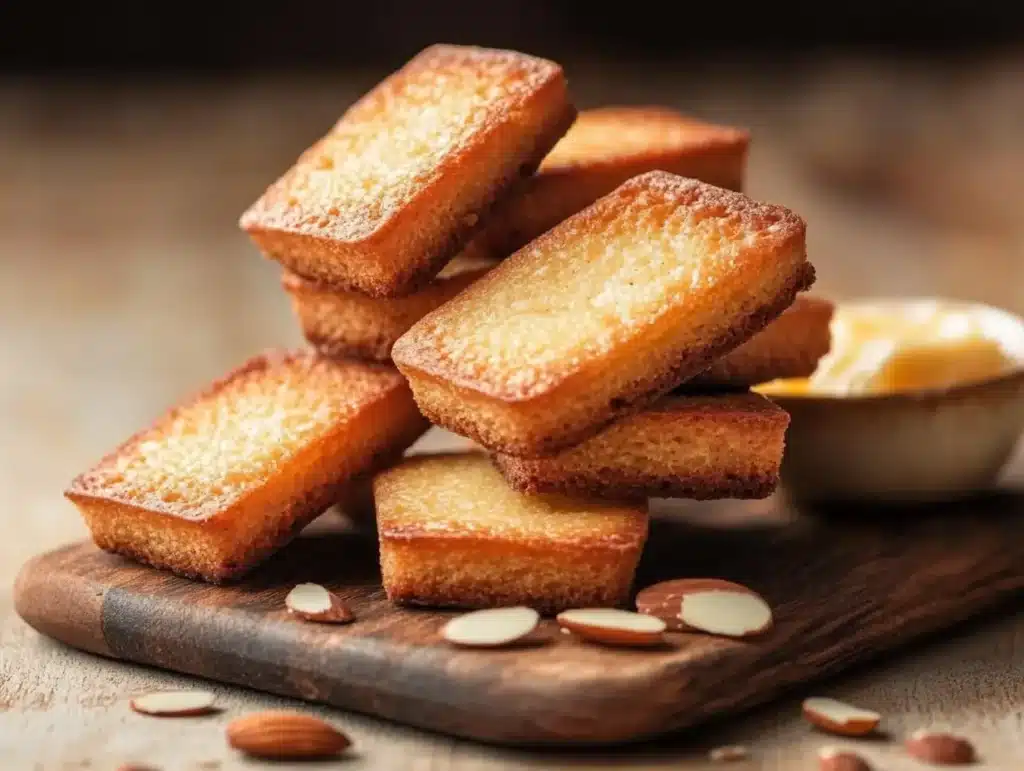
If financiers had a motto, it would probably be, “Work hard, snack harder.” These pastries were literally designed for busy people. Back in 19th-century Paris, a pastry chef named Lasne came up with the idea to create something small, portable, and mess-free for the businessmen in the city’s financial district. And voilà, the financier was born.
The rectangular shape wasn’t random either. It was inspired by gold bars, a nod to the wealth of the people it was meant to feed. Clever, right? But don’t let the practical design fool you—financiers are anything but boring. Made with browned butter (beurre noisette), almond powder, sugar, egg whites, and just a bit of flour, they pack a ton of flavor into every little bite.
What sets financiers apart is their texture. They’re slightly crispy on the outside, thanks to the butter, but moist and dense on the inside. It’s the kind of treat that pairs perfectly with your morning coffee or an afternoon pick-me-up. And while the classic version is almond-based, you can find modern variations with pistachios, chocolate chips, or even fruit.
Madeleines: The Pastry That’s Almost a Poem
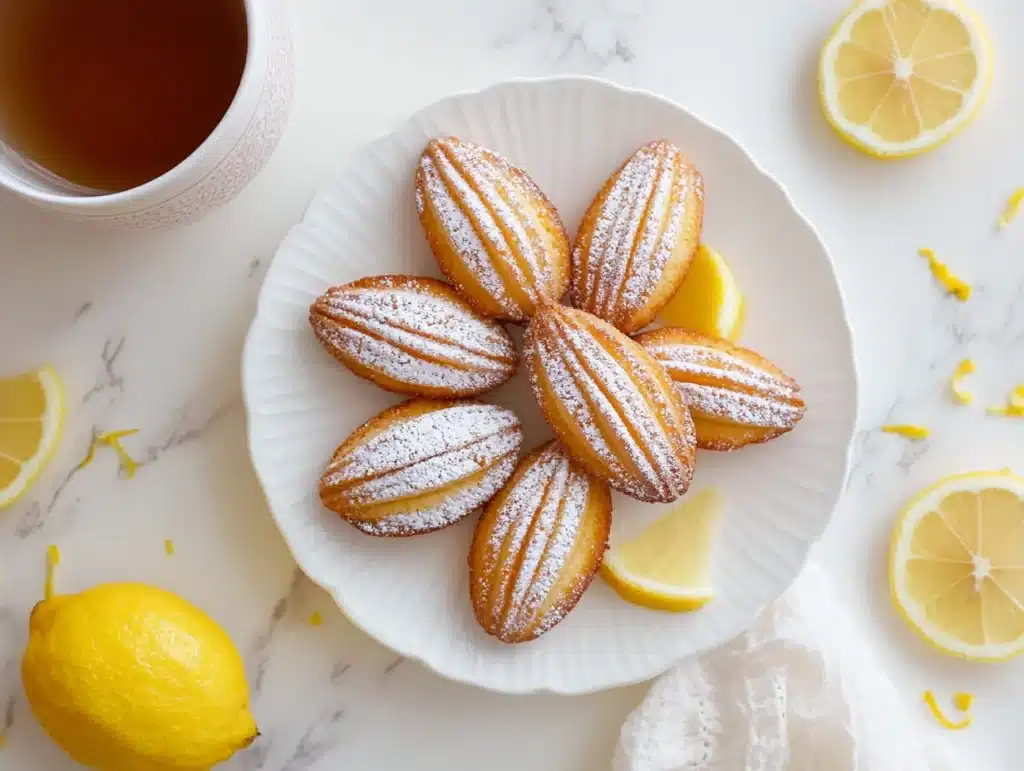
If financiers are all about practicality, madeleines are pure romance. These scallop-shaped pastries have been charming people for centuries, and their origin story is just as delightful as their taste. Legend has it that madeleines were first baked by a French maid named Madeleine in the 18th century. She created the treat for a banquet, and the rest is history.
But madeleines aren’t just famous for their looks. Marcel Proust, a French writer, famously described how the taste of a madeleine dipped in tea brought back a flood of childhood memories. Imagine a dessert so good it inspired an entire literary masterpiece. Not bad for a little cake, huh?
Madeleines are baked in scallop molds, which give them their signature ridges. Flavor-wise, they’re delicate and lightly sweet, often with hints of lemon, vanilla, or sometimes rum. The texture is soft and spongy, almost like a tiny cloud. And let’s not forget the iconic “hump” on top—a sign of a perfectly baked madeleine.
Breaking Down the Ingredients in Financiers and Madeleines
Let’s dive into the details. What’s actually in these pastries? While they share some similarities—like sugar and butter—the differences in ingredients are what make financiers and madeleines stand apart.
Financiers
- Almond Powder: This is the MVP, giving financiers their nutty, slightly sweet flavor.
- Egg Whites: No yolks here! This makes the texture lighter but still rich.
- Browned Butter: If you’ve never browned butter before, you’re missing out. The deep, nutty aroma it takes these pastries to a new level.
- Flour and Sugar: These balance out the richness and provide structure.
Financiers are versatile too. You can dress them up with pistachios, hazelnuts, or even dried fruits. They’re like the little black dress of pastries—simple, elegant, and endlessly adaptable.
Madeleines
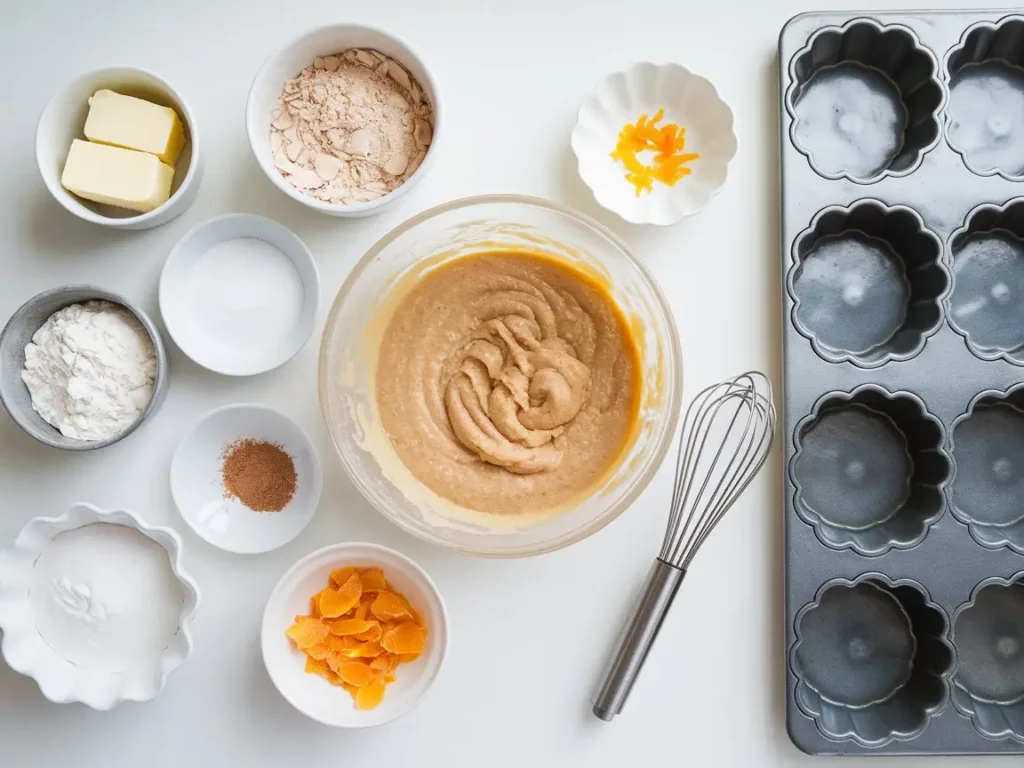
- Whole Eggs: These give madeleines their fluffy, sponge-like texture.
- Butter: Unlike financiers, the butter is melted but not browned.
- Citrus Zest: Lemon or orange zest adds a refreshing zing that complements the sweetness.
- Flour, Sugar, and Baking Powder: The baking powder gives them their lift, resulting in that airy texture.
Want to experiment? Try this madeleine cookies recipe using cream for a unique twist.
Here’s a pro tip: Chill your madeleine batter before baking. It might seem like an annoying extra step, but it’s key to achieving the iconic “hump.” for more details
Difference in Texture of Pastries: Financiers vs. Madeleines
Even if you didn’t know the names, you could probably tell financiers and madeleines apart just by looking at them.
Shape
Financiers are sleek and rectangular—think gold bars but, you know, edible. This shape isn’t just aesthetic; it’s functional too. The compact size makes them easy to stack and store, which was a big deal for busy 19th-century Parisians.
Madeleines, on the other hand, are famous for their scallop-shell shape. This isn’t just about tradition—it’s also about practicality. The ridges help the batter cook evenly, ensuring a soft, fluffy interior with a slightly firmer outer layer.
Texture
Here’s where things get really interesting. Financiers are all about contrast. The outside is crispy and golden, while the inside is moist and dense. This is thanks to the combination of almond powder and browned butter, which creates a texture that feels luxurious without being heavy.
Madeleines are softer and spongier, almost cake-like. Their texture is light and airy, making them the perfect companion to a cup of tea. And don’t forget that little hump on top—it’s the hallmark of a well-baked madeleine.
Want to know how madeleines compare to other baked goods? Learn how madeleines differ from cakes in texture and flavor.
Flavor Profiles: Rich and Nutty vs. Sweet and Citrusy
Let’s get into the fun part—the flavors. Honestly, once you’ve tasted a financier and a madeleine side by side, there’s no way you’ll mix them up again. They’re so distinct that it’s like comparing apples to oranges (well, maybe buttery apples to fluffy oranges, if you get what I mean).
Financiers
Okay, imagine this: you bite into a financier, and the first thing you notice is that buttery, nutty richness. It’s not overly sweet, which makes it feel kind of indulgent but in a sophisticated way. That almond powder? Absolute game-changer. It gives financiers this nutty depth that’s just… well, addictive.
And let’s not forget the browned butter. If you haven’t experienced browned butter before, you’re in for a treat—it adds this caramel-like, toasted flavor that takes everything up a notch. Some people refer to financiers as “comfort food in pastry form,” and I wholeheartedly concur. They’re especially good with a strong cup of coffee or even as a sneaky afternoon snack.
But here’s the thing: financiers aren’t stuck in the past. While the classic almond version is always a hit, you’ll often find variations with pistachios, chocolate, or even berries baked right in. Fancy, right? If you’ve never tried one, well, what are you waiting for?
Madeleines
Now, let’s talk about madeleines. They’re basically the cheerful, lighthearted cousin of financiers. Instead of being rich and nutty, madeleines are soft, sweet, and often have a bright hint of citrus—think lemon or orange zest. That little zing is what makes them so refreshing, especially with a nice cup of tea on a quiet afternoon.
The texture? Oh, it’s dreamy. Light and fluffy, almost like a cloud in cake form. And let’s not forget their iconic hump—it’s like the cherry on top, except it’s, well, a bump in the middle. It’s also proof you nailed the recipe (pat yourself on the back if you get it right).
What’s great about madeleines is how versatile they are. You can keep it classic with lemon zest, or get creative with flavors like lavender, vanilla, or even chocolate-dipped edges. Whatever you choose, one thing’s for sure: madeleines know how to charm their way into your heart.
Baking Tips for Financiers and Madeleines: What You Need to Know
Alright, let’s roll up our sleeves because baking these little beauties isn’t as tricky as you might think. Whether you’re team financier or team madeleine, I’ve got your back with tips that will make the whole process feel, well, way less intimidating. Trust me, you’ve got this.
For Financiers
Okay, financiers might sound fancy, but they’re honestly one of the easiest pastries to bake. They’re like that reliable friend who always shows up—they just work. Here’s the deal:
- Brown That Butter Like a Pro: Browning butter (beurre noisette, if you want to sound like a French pastry chef) is the magic step. Melt your butter over medium heat, let it bubble, and watch as it turns golden and starts to smell nutty. But—here’s the kicker—you’ve gotta keep an eye on it. It can go from “heavenly nutty aroma” to “burnt disaster” faster than you’d think.
- Get the Almond Powder Right: This is your flavor MVP. Use high-quality almond flour for that rich, nutty taste. Honestly, the difference between okay and wow lies here.
- Silicone Molds for the Win: If you don’t have the classic rectangular financier molds, silicone muffin molds work great. No fuss, no sticking, just easy clean-up—because who wants to spend their day scrubbing pans?
Once your batter’s ready, pour it into the molds (pro tip: don’t overfill!), pop them in the oven, and bake until the edges are golden and crisp. When they’re fresh out of the oven? Chef’s kiss.
For Madeleines
Madeleines are a little pickier than financiers, but hey, they’re worth it. Think of them as the diva of French pastries—they need some extra TLC, but when you nail them, oh boy, it’s satisfying.
- The Batter Chill Is Real: I know it’s tempting to skip this step, but trust me—don’t. Chilling the batter for at least an hour (or even overnight) is what creates that iconic hump. It’s science, folks. The cold batter hits the hot oven, and boom—instant puff.
- Butter Is Your BFF: Grease those scallop molds like your life depends on it. Butter every nook and cranny, then dust with a little flour. Nothing ruins the joy of baking faster than half your madeleine sticking to the pan.
- Don’t Overdo It: Madeleine molds only need to be about three-quarters full. Too much batter, and you’ll lose that classic shape.
Oh, and here’s a little trick: if you’re feeling adventurous, zest a lemon or orange into the batter for a bright, zesty flavor. It’s a total game-changer.
A Handy Table: How Financiers Differ from Madeleines
If you’re the kind of person who likes things laid out neatly (same here!), here’s a quick rundown of what makes these pastries so different:
| Feature | Financiers | Madeleines |
|---|---|---|
| Shape | Rectangular, gold bar | Scallop shell |
| Texture | Crisp edges, moist center | Soft and spongy |
| Key Ingredient | Almond powder, egg whites | Citrus zest, whole eggs |
| Flavor | Nutty, buttery | Sweet, citrusy |
| Origin | 19th-century businessmen snack | 18th-century French maid dessert |
Now, are you officially a French pastry expert? Probably. But let’s keep going just to make sure.
Why You Should Try Both Financiers and Madeleines
Here’s the thing—why choose between financiers and madeleines when you can just bake both? It’s like having a sweet tooth party and inviting all the best guests.
Why Financiers Rock
Let’s start with financiers. They’re quick, simple, and almost foolproof. Need a last-minute dessert? Financiers have your back. They’re perfect for any occasion—whether it’s a fancy dinner party or just a random Tuesday when you need a buttery pick-me-up. Plus, they’re portable. Wrap a few in parchment paper, and boom—instant snack for your coffee break.
Why Madeleines Are a Must
Madeleines, on the other hand, feel a little more special. There’s something about their scalloped edges and fluffy texture that screams “elegant tea party.” (Even if your tea party is just you, a mug of chamomile, and Netflix. No judgment here.)
Also, can we talk about how versatile madeleines are? You can keep them classic with lemon zest or get a little wild with chocolate-dipped edges, lavender, or even a pinch of cinnamon for a cozy vibe. They’re basically the dessert equivalent of a blank canvas.
So, what’s the verdict? Bake both. You’ll get the richness of financiers and the light, airy charm of madeleines. Win-win.
Celebrate the Differences
Alright, let’s wrap this up. Financiers and madeleines may look like they belong in the same pastry family (and they do), but they’re wildly different once you get to know them.
Financiers are all about that buttery, nutty richness, with a crispy edge that makes them so satisfying. They’re perfect for anyone who loves a pastry that’s not overly sweet but still feels indulgent.
Madeleines, on the other hand, are soft, fluffy, and just a little sweet. They’re light enough to enjoy with tea but fancy enough to impress your friends (or yourself, because you deserve it).
Here’s the best part: you don’t have to pick a favorite. Bake them both, savor every bite, and feel like the pastry queen (or king) you truly are. And hey, next time someone asks you the difference between financiers and madeleines, you’ll know exactly what to say.
FAQs
1. Can I use whole eggs in financiers?
Not really. The recipe relies on egg whites to create the perfect texture—light but rich.
2. Do I really need a scallop mold for madeleines?
It’s not mandatory, but honestly, it’s worth it. The shape is part of the charm. If you’re in a pinch, a mini muffin pan will work too.
3. How do I stop my butter from burning when making financiers?
Keep the heat medium and watch it like a hawk. The moment it turns golden and smells nutty, take it off the heat.
4. What’s the secret to getting that hump on madeleines?
Chilling the batter. Don’t skip it! Cold batter hitting a hot oven is what makes that magic happen.
5. Which pairs better with coffee: financiers or madeleines?
Financiers, hands down. They’re rich and nutty, which makes them a perfect match for a bold cup of coffee. Madeleines shine with tea.



